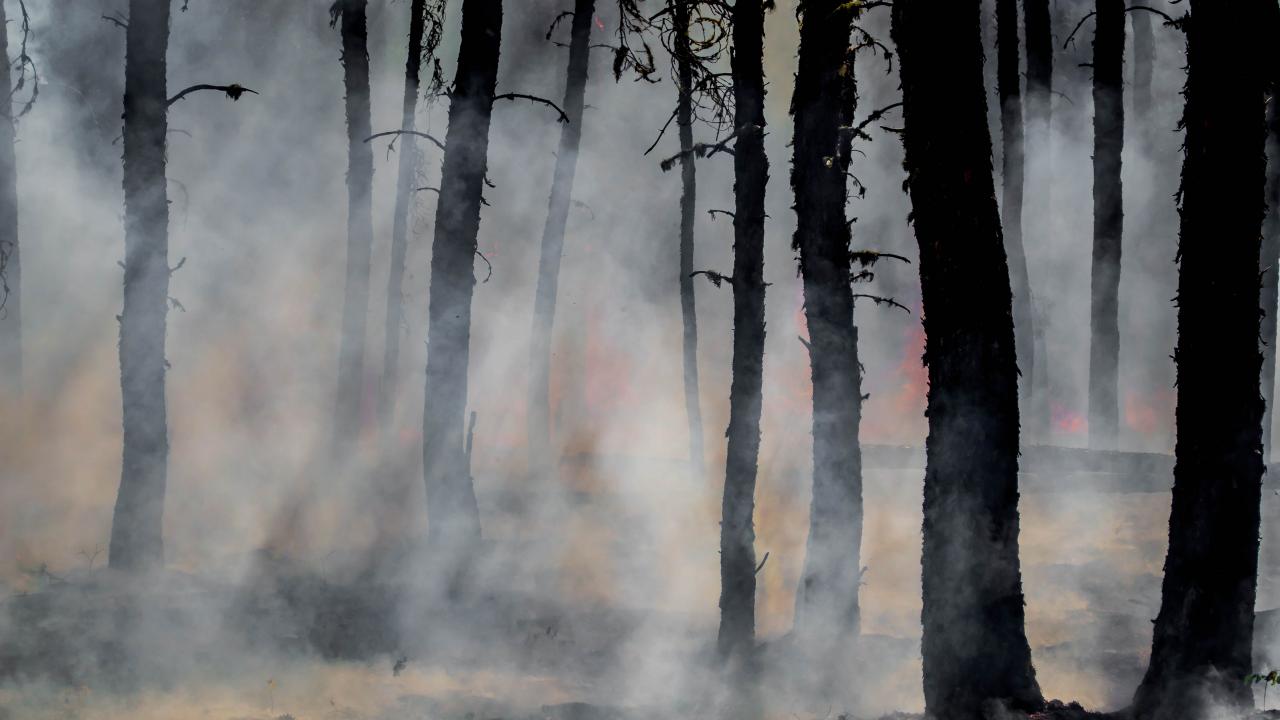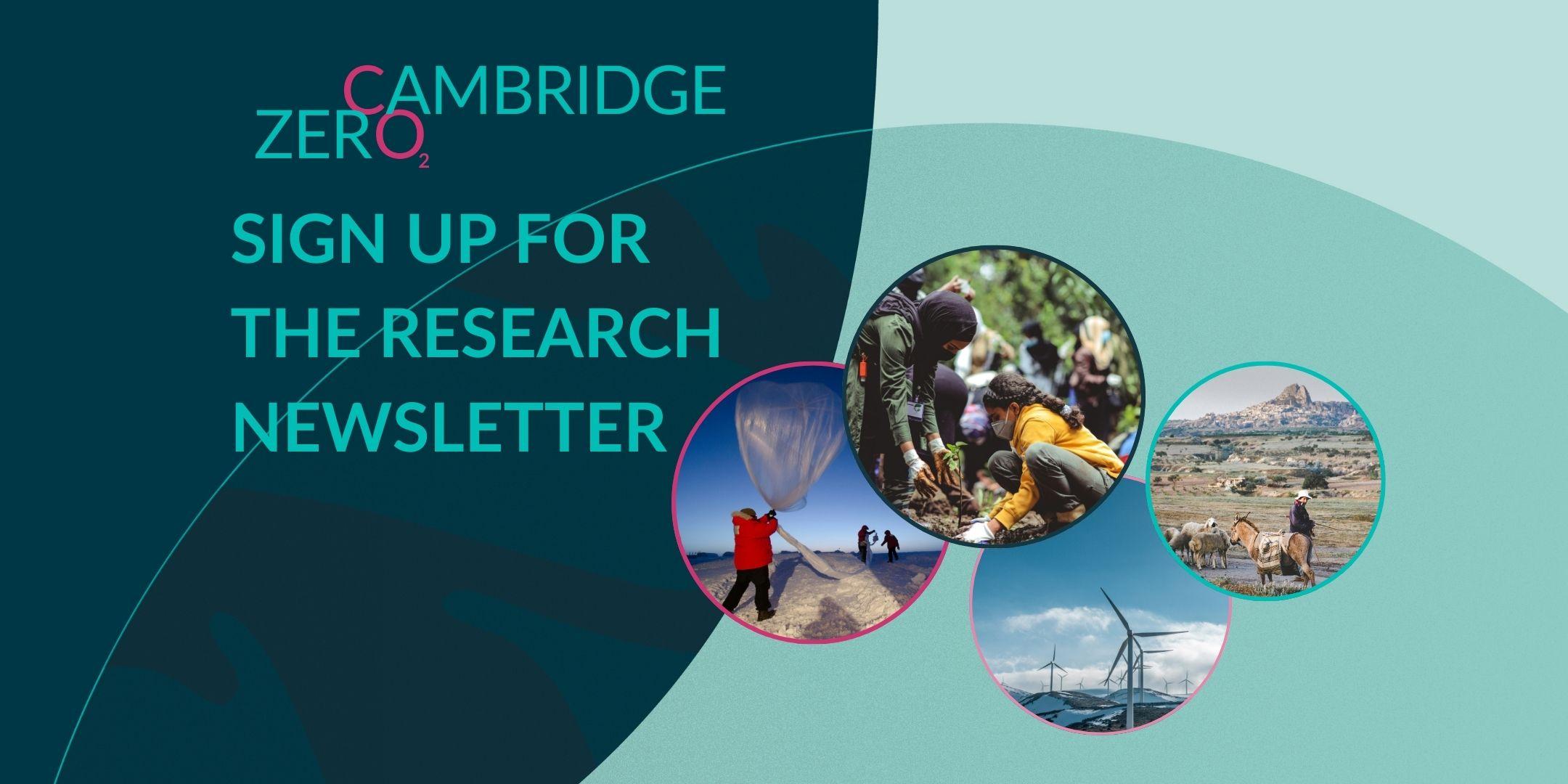The Arctic has spent the last few months breaking records, and not in a good way. We’ve seen temperatures of 38C in Eastern Siberia, 1-2C higher than previously ever recorded; we’ve seen the most intense wildfires ever recorded in Siberia; and Siberian sea ice is currently at the lowest extent on record. Are these events linked? Is climate change to blame? What impacts will these events have on the rest of the planet, and what can we expect in the future?
As temperatures rise under global warming, the Arctic warms approximately two to three times as fast as the rest of the planet due to a phenomenon known as “Arctic amplification”. This is in part because of the ice-albedo feedback mechanism: as the Arctic warms and the white ice and snow cover (high albedo) melts, darker ocean and land surfaces are exposed (lower albedo). These reflect less of the sun’s heat, causing temperatures to rise further. This positive feedback cycle has contributed to the larger warming trend seen in the Arctic. However, this heatwave goes far beyond this — the Earth has so far warmed just over 1C on average, whereas parts of the Arctic have seen temperatures 10C warmer than average in May 2020.
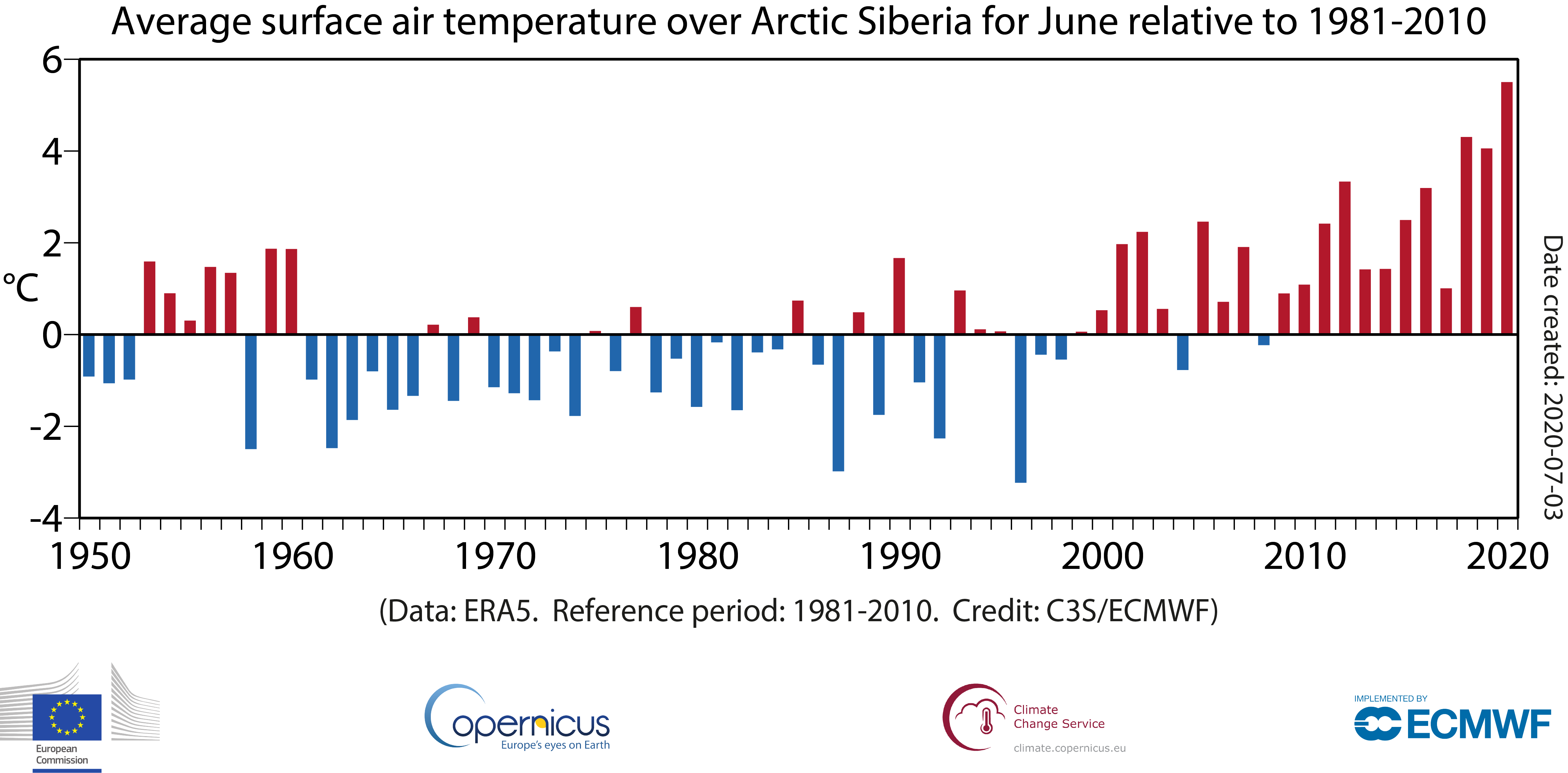
Average surface air temperature in June over Arctic Siberia shown as an anomaly relative to 1981-2010. The data is from the ERA5 dataset (a combination of observations with a computer model). The extreme temperatures in June 2020 are record breaking.
Climate change alone is not responsible for the extremes we are now seeing — the weather in this part of the planet, as elsewhere, often sees wide variations. What is unusual, however, is how long this warm period has been, thought to be due to a particularly persistent weather system linked to a northwards swing of the jet stream (the river of air that blows west to east over North America and Europe). When the jet stream gets ‘stuck’ like this it is known as a 'blocking event', and in this instance, a blocking event that began in March has meant cold Arctic air is kept further north close to the pole. So whilst climate change may not have caused the unusual length of this warm spell, it has added to its strength and most likely made it devastatingly extreme. One scientist calculated that, in the absence of climate change, the temperatures seen in Siberia in May would be a 1 in 100,000 year event. Whilst it is difficult to attribute any single event directly to climate change, it has the effect of loading the dice towards more extreme temperatures.
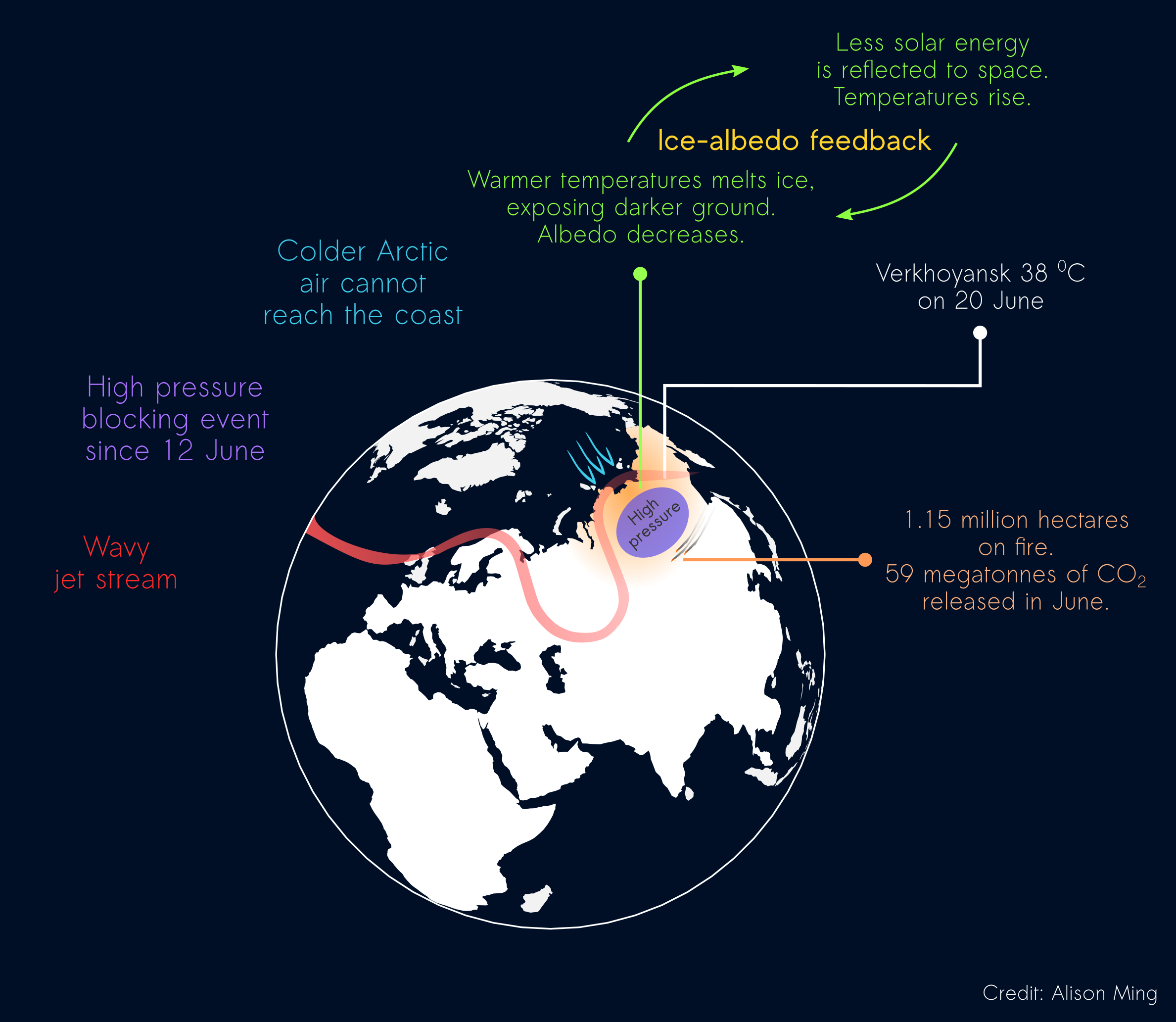
Illustration of the various processes occurring during the Siberian heat wave.
We have already seen some immediate impacts of the unusually warm Siberian winter and spring: dry soil likely contributed to the extreme forest fires still burning throughout the region, which released an estimated record-breaking 59 megatonnes of CO2 in June. In May, 20,000 tonnes of fuel spilled into an Arctic river, leading the Russian President to announce a state of emergency. A fuel reservoir had collapsed, with melting permafrost weakening the ground a likely factor. An estimated $2bn of damage was done to the environment — the impacts of this event on the surrounding ecosystems are likely to be devastating and long-lasting.
The melting ice, the destabilised permafrost, the heatwave and the fires in Siberia are not isolated events to be ignored and will no doubt be the subject of detailed studies. Climate models have been robustly predicting the long-term trend of Arctic warming for many years, with the consequence that extreme events will become more likely. Whilst some of these changes are reversible — the ice will come back as the region cools — if the permafrost continues to melt, potentially emitting billions of tonnes of carbon, much of it in the form of the potent greenhouse gas methane, it is “expected to be irreversible on timescales relevant to human societies and ecosystems.” While it is difficult to predict when such a tipping point may be passed, every fraction of a degree of warming that we can prevent will help decrease the likelihood of devastating Arctic heatwaves in the future, and reduce the risk of triggering catastrophic knock-on changes.
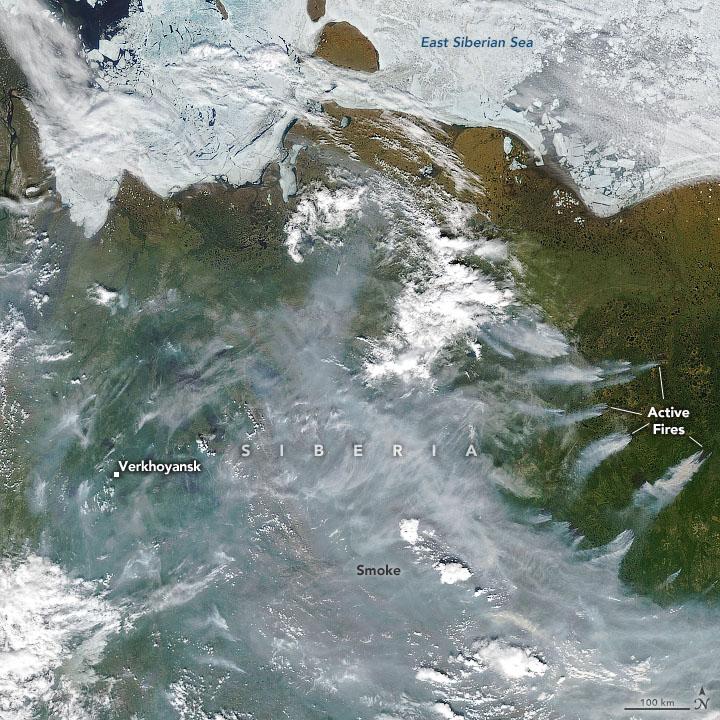
Satellite image showing the melting sea ice along the coast and the active fires pouring out smoke in Siberia.
Credit: NASA’s Earth Observatory -- VIIRS / Suomi NPP Satellite image
Dr Emma Boland is a Physical Oceanographer in the Polar Oceans group of the British Antarctic Survey. She specialises in the modelling and analysis of polar ocean dynamics and is an experienced science communicator.
Dr Alison Ming is a Leverhulme Trust Early Career Fellow in the Department of Applied Mathematics and Theoretical Physics of the University of Cambridge. She is also the coordinator for the Cambridge Centre for Climate Science and a Fellow in Mathematics at Churchill College. She works on understanding the chemical, dynamical and radiative interactions in the atmosphere.
